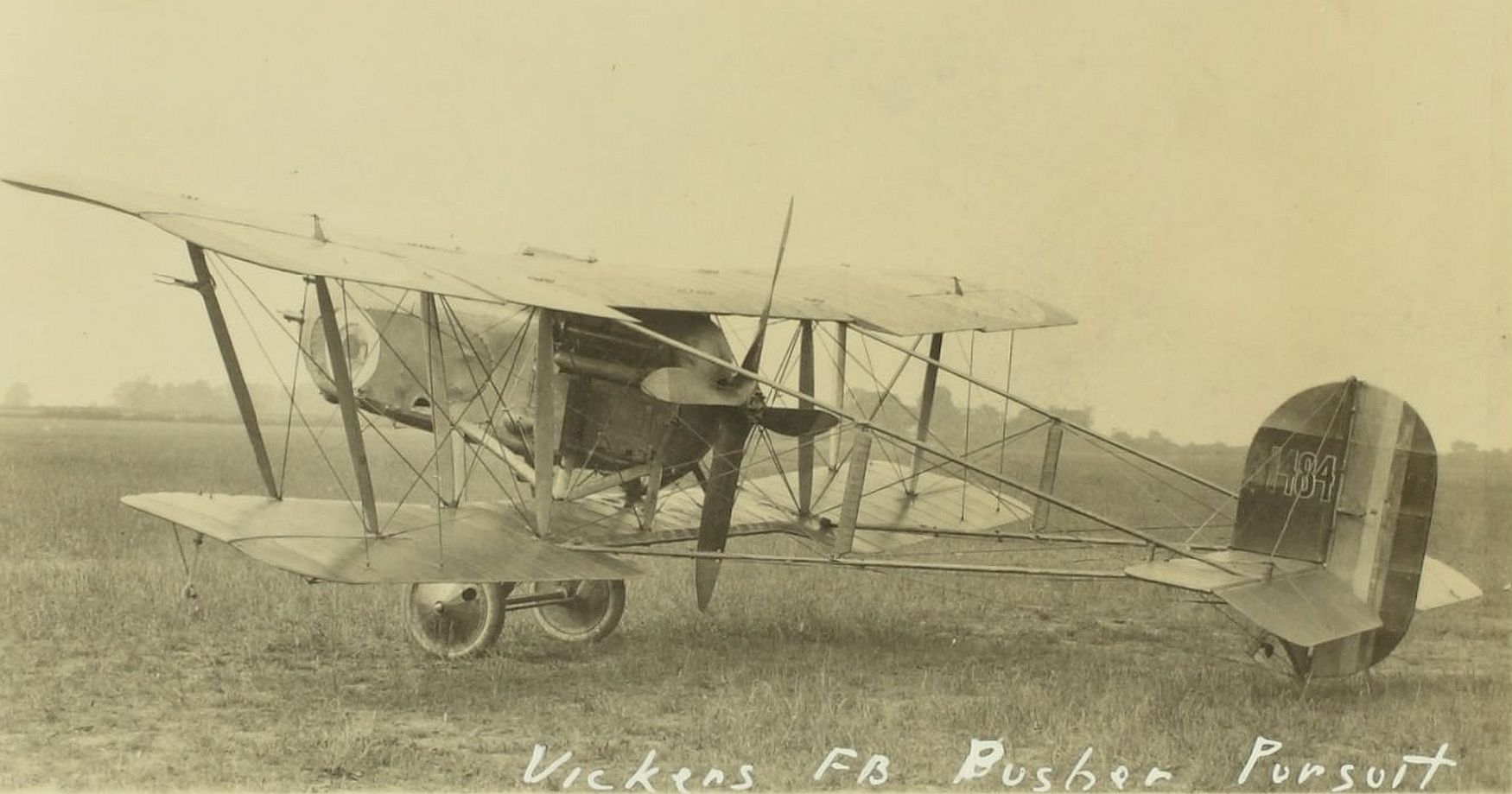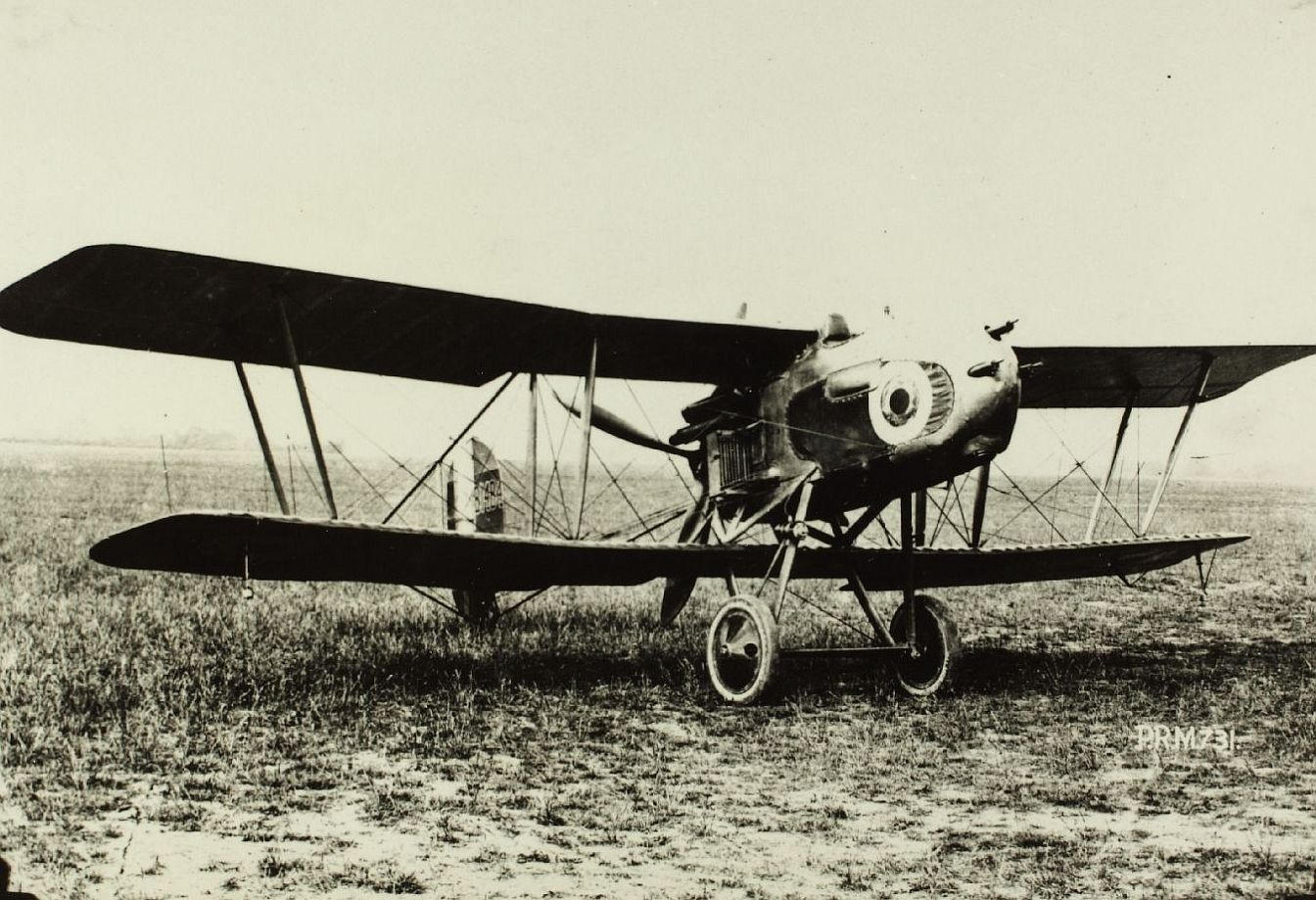Forums
- Forums
- Duggy's Reference Hangar
- RAF Library
- Vickers Vampire
Vickers Vampire
Post a reply
- Go to Previous topic
- Go to Next topic
- Go to Welcome
- Go to Introduce Yourself
- Go to General Discussion
- Go to Screenshots, Images and Videos
- Go to Off topic
- Go to Works in Progress
- Go to Skinning Tips / Tutorials
- Go to Skin Requests
- Go to IJAAF Library
- Go to Luftwaffe Library
- Go to RAF Library
- Go to USAAF / USN Library
- Go to Misc Library
- Go to The Ops Room
- Go to Made in Germany
- Go to Campaigns and Missions
- Go to Works in Progress
- Go to Juri's Air-Raid Shelter
- Go to Campaigns and Missions
- Go to Works in Progress
- Go to Skinpacks
- Go to External Projects Discussion
- Go to Books & Resources
-
 Main AdminThe Vickers F.B.26 Vampire was a British single-seat pusher biplane fighter built by Vickers during the First World War.
Main AdminThe Vickers F.B.26 Vampire was a British single-seat pusher biplane fighter built by Vickers during the First World War.
Four were built by Vickers at Bexleyheath, one of these was subsequently modified to become the F.B.26A.
Design and development
The design was a development of the earlier Vickers F.B.12 prototypes; and was a two-bay biplane with a high-mounted nacelle for the pilot and an initial armament of two .303 in (7.7 mm) Lewis Guns. Behind this was a water-cooled 200 hp (150 kW) Hispano-Suiza engine driving the propeller. The tailplane was mounted on four booms with a single fin and rudder. After modifications to the radiator layout and wing structure and re-armed with three Lewis guns in an Eeman mounting capable of firing up at a 45? angle in order to be able to engage enemy bombers from below, being numbered B1484, the FB.26 was passed to the Aeroplane and Armament Experimental Establishment at Martlesham Heath for evaluation.
The prototype was destroyed on 25 August 1917 when Harold Barnwell, the Vickers test pilot failed to recover from a spin.
A second aircraft, B1486, was built and was operated first by No. 39 Squadron at Woodford and then passed to No. 141 Squadron of the Royal Flying Corps in February 1918. Service evaluation was unfavorable: although performance was satisfactory, its handling qualities were poor.
A third aircraft, B1485, powered by a 230 hp (170 kW) Bentley rotary engine and modified for a ground-attack role, was built in 1918, but by the time it was built the Sopwith Salamander had already been ordered for production and development was abandoned. Three further aircraft had been ordered and allocated service numbers, but it is not known whether any of these were built.

General characteristics
Crew: one
Length: 23 ft 5 in (7.14 m)
Wingspan: 31 ft 6 in (9.60 m)
Height: 9 ft 5 in (2.87 m)
Wing area: 267 ft? (24.8 m?)
Empty weight: 1,467 lb (667 kg)
Loaded weight: 2,030 lb (923 kg)
Powerplant: 1 ? Hispano-Suiza 8 water-cooled V-8, 200 hp (149 kW)
Performance
Maximum speed: 105 kn (121 mph, 195 km/h) at 5,000 ft (1,500 m)
Service ceiling: 20,500 ft (6,250 m)
Wing loading: 7.60 lb/ft? (37.2 kg/m?)
Power/mass: 0.099 hp/lb (0.16 kW/kg)
Endurance: 3 hours
Climb to 10,000 ft (3,050 m): 10 min
Armament
Guns: 2 ? 0.303 in (7.7 mm) Lewis Guns
Post a reply
- Go to Previous topic
- Go to Next topic
- Go to Welcome
- Go to Introduce Yourself
- Go to General Discussion
- Go to Screenshots, Images and Videos
- Go to Off topic
- Go to Works in Progress
- Go to Skinning Tips / Tutorials
- Go to Skin Requests
- Go to IJAAF Library
- Go to Luftwaffe Library
- Go to RAF Library
- Go to USAAF / USN Library
- Go to Misc Library
- Go to The Ops Room
- Go to Made in Germany
- Go to Campaigns and Missions
- Go to Works in Progress
- Go to Juri's Air-Raid Shelter
- Go to Campaigns and Missions
- Go to Works in Progress
- Go to Skinpacks
- Go to External Projects Discussion
- Go to Books & Resources
